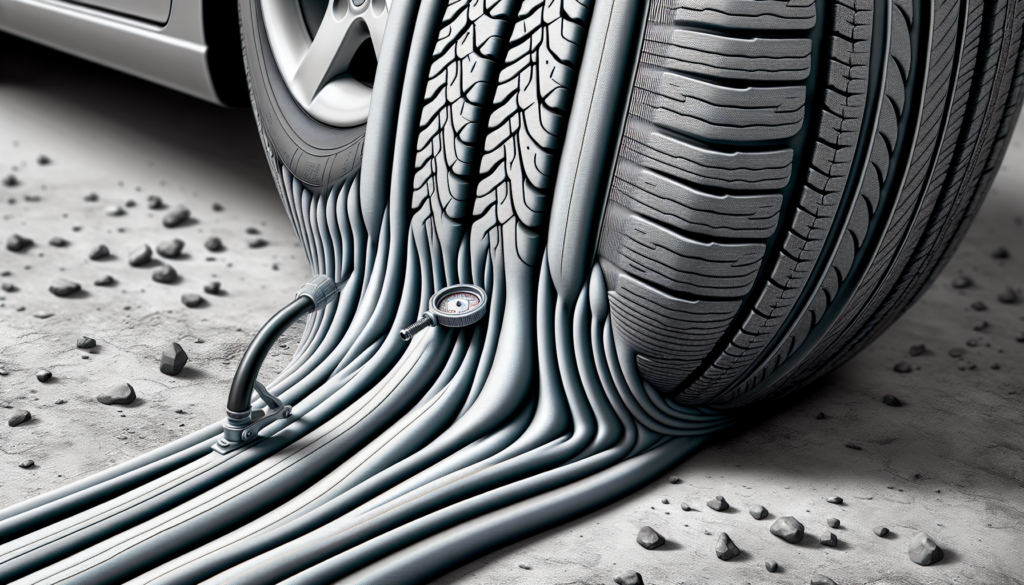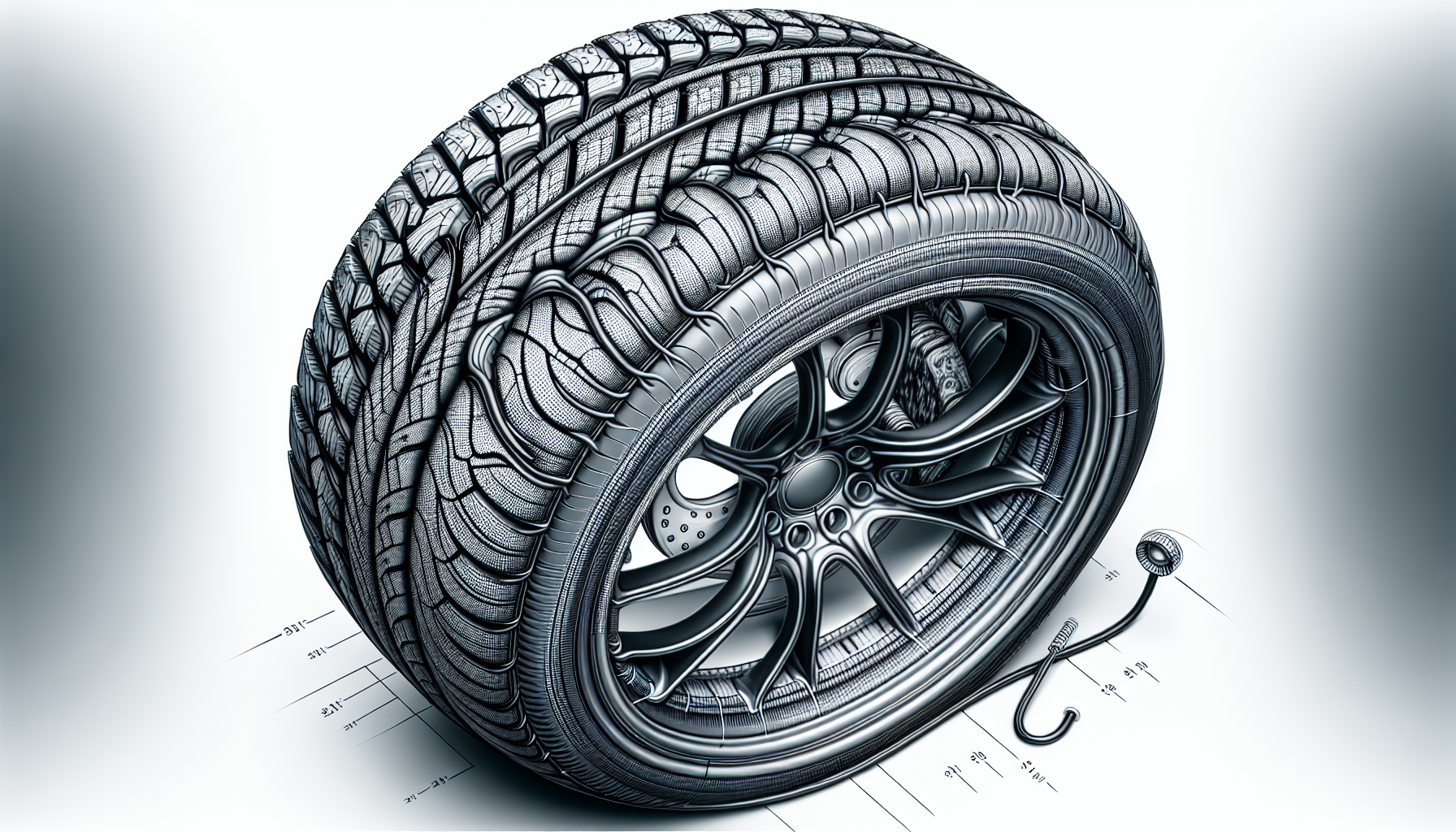Have you ever wondered whether it is normal for the tire pressure to increase while driving? Well, the answer might surprise you. Tire pressure can indeed increase as you hit the road, and there are a few factors at play here. As the tires warm up during your journey, the air molecules inside them gain energy and move faster, leading to an increase in pressure. Additionally, the friction between the tires and the road generates heat, which also contributes to the rise in tire pressure. So, next time you notice your tire pressure rising while driving, rest assured that it’s a perfectly normal phenomenon!

Reasons for Tire Pressure Increase
Heat
When you are driving, the temperature of your tires can increase significantly due to the heat generated by friction between the tires and the road. As the temperature rises, the air inside the tire expands, leading to an increase in tire pressure.
Friction
Friction between the tires and the road surface can also cause an increase in tire pressure. When the tires roll, they rub against the pavement, creating heat and increasing the pressure inside the tire.
Hitting Rough Objects
Hitting rough objects on the road, such as potholes or speed bumps, can cause a sudden increase in tire pressure. The impact and compression of the tire against these objects can lead to a temporary increase in pressure.
Driving at High Speeds
Driving at high speeds can cause the tires to heat up more rapidly, leading to an increase in tire pressure. The faster you go, the more friction is generated between the tires and the road, resulting in higher pressure levels.
Effects of Increased Tire Pressure
Reduced Traction
One of the main effects of increased tire pressure is reduced traction. When the tire pressure is too high, the contact area between the tire and the road decreases, resulting in less grip. This can affect your ability to accelerate, brake, and turn safely, especially in wet or slippery conditions.
Uneven Wear
Increased tire pressure can cause uneven wear on the tire tread. When the pressure is too high, the center of the tire tends to bear most of the weight, leading to excessive wear in that area. This can result in a shorter lifespan for your tires and the need for more frequent replacements.
Decreased Braking Performance
High tire pressure can also negatively impact your vehicle’s braking performance. With reduced traction, it takes longer for your tires to grip the road when you apply the brakes, increasing your stopping distance. This can be particularly dangerous in emergency situations where every inch counts.
Common Tire Pressure Recommendations
Vehicle Manufacturer Guidelines
To determine the optimal tire pressure for your vehicle, refer to the manufacturer’s guidelines. These guidelines are usually found in your vehicle’s owner’s manual or on a sticker located on the driver’s side door jamb. Following the manufacturer’s recommendations ensures that your tires are properly inflated for optimal performance and safety.
Tire Manufacturer Specifications
In addition to the vehicle manufacturer’s guidelines, you should also consider the tire manufacturer’s specifications. Different tire brands and models may have different recommendations for tire pressure. Checking the tire sidewall or consulting the tire manufacturer’s website can provide you with the necessary information.
Recommended Pressure Range
Tire pressure recommendations are usually given as a range. For example, the recommended tire pressure may be between 32 and 35 psi (pounds per square inch). It’s important to aim for the middle of the recommended range to ensure a balance between comfort and safety.
Checking Cold Tire Pressure
Always check your tire pressure when the tires are cold. This means you should measure the pressure before driving or wait for at least three hours after driving to allow the tires to cool down. The heat generated during driving can temporarily increase the tire pressure, giving you a false reading if checked while hot.
Monitoring Tire Pressure
Using a Tire Pressure Gauge
To monitor your tire pressure accurately, it’s essential to use a tire pressure gauge. These simple devices can be purchased at most auto parts stores and are easy to use. Simply remove the valve cap, press the gauge onto the valve stem, and read the pressure displayed on the gauge.
Checking When Tires are Cold
As mentioned earlier, tire pressure should be checked when the tires are cold for the most accurate reading. Cold tires refer to those that have not been driven on for at least a few hours. By checking the pressure when the tires are cold, you ensure that the reading reflects the true pressure levels.
Frequency of Pressure Checks
Regularly monitoring your tire pressure is crucial for maintaining safety and optimal performance. It is recommended to check your tire pressure at least once a month, as well as before long trips or significant changes in temperature. This ensures that any changes in pressure can be detected early and corrected promptly.
Tire Pressure Monitoring Systems (TPMS)
Many modern vehicles are equipped with Tire Pressure Monitoring Systems (TPMS), which monitor the pressure in each tire and alert the driver if there is a significant deviation from the recommended pressure. TPMS can provide real-time updates on tire pressure, giving you peace of mind and reducing the need for manual pressure checks.
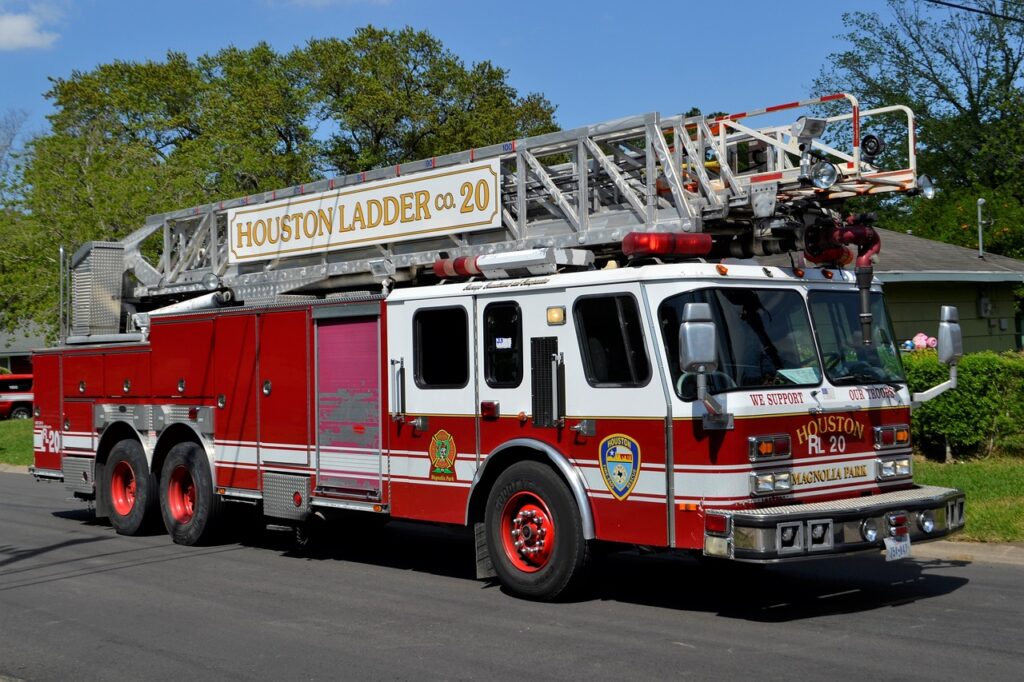
Dealing with Increased Tire Pressure
Letting Air Out
If you notice that your tire pressure has increased beyond the recommended levels, it may be necessary to let some air out. This can be done by unscrewing the valve cap and pressing the center pin with a small tool, such as a pen or nail. Release air slowly and measure the pressure frequently to ensure you reach the desired level.
Consulting a Professional
If you are unsure about adjusting the tire pressure yourself, it is always best to consult a professional. Mechanics and tire service centers have the expertise and tools to accurately adjust tire pressure to the optimal levels. They can also provide guidance on any additional maintenance or repairs that may be necessary.
Understanding Ideal Pressure
It is essential to understand the ideal tire pressure for your specific vehicle and tires. Adjusting the pressure to the recommended levels helps ensure optimal handling, tread wear, and safety. If you have any doubts or concerns, consult your vehicle or tire manufacturer for guidance.
Potential Risks and Safety Concerns
Blowouts
One of the most significant risks associated with increased tire pressure is the potential for a blowout. When the pressure inside the tire becomes too high, it puts excessive stress on the tire structure, increasing the likelihood of a sudden rupture. A blowout can lead to loss of control and accidents, so it is crucial to regularly monitor and maintain proper tire pressure.
Loss of Control
Increased tire pressure can affect your ability to maintain control of your vehicle. With reduced traction, especially on wet or slippery surfaces, your tires may have difficulty gripping the road. This can result in slide-outs, skids, or loss of control, putting you and others on the road at risk.
Reduced Handling
High tire pressure can also negatively impact your vehicle’s handling. Steering may become more sensitive, making it challenging to maintain a smooth and controlled drive. The vehicle may feel more responsive and prone to sudden movements, increasing the risk of accidents or loss of control.
Vehicle Instability
Another safety concern with increased tire pressure is vehicle instability. The excessive pressure can make the vehicle feel less stable, especially during turns or sudden maneuvers. This can compromise your ability to navigate safely and increase the risk of accidents or rollovers.
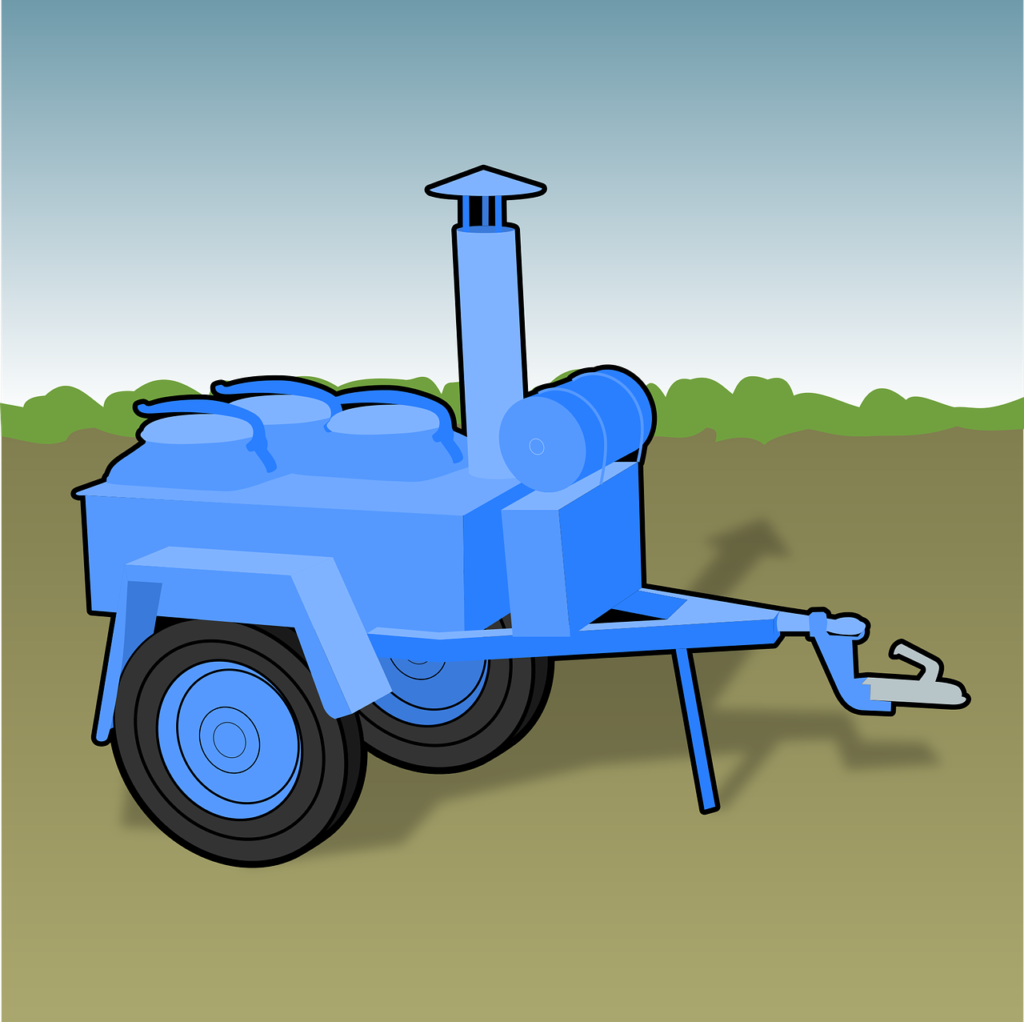
Impact of Underinflation
Increased Tire Wear
Underinflated tires experience increased wear on the tire shoulders, which can lead to premature tire failure. The lack of proper pressure causes the tire sidewalls to flex more than necessary, resulting in excessive heat buildup and accelerated wear.
Reduced Fuel Efficiency
Underinflated tires create more rolling resistance, requiring the engine to work harder to maintain speed. This increased resistance leads to reduced fuel efficiency, causing you to spend more money on gas and negatively affecting the environment.
Heat Build-Up
Underinflated tires generate more heat due to increased flexing and friction. This heat buildup can cause tire components to degrade faster, compromising their overall performance and safety. Additionally, excessive heat can lead to blowouts, particularly during extended periods of driving or in hot weather conditions.
Potential Failure
When tires are underinflated, they are more prone to failure. The increased stress on the tire structure can lead to sidewall cracks, tread separation, or even a blowout. A tire failure while driving can be extremely dangerous, especially at high speeds, and can result in loss of control and accidents.
Impact of Overinflation
Worn Out Center Tread
Overinflated tires tend to wear out the center tread section more rapidly than the outer edges. This is because the excessive pressure causes the tire to balloon out in the center, reducing the contact area with the road. As a result, the center tread wears out faster, leading to reduced traction and stability.
Reduced Traction
Similar to underinflated tires, overinflated tires also have reduced traction. The smaller contact patch between the tire and the road surface decreases grip, affecting acceleration, braking, and cornering abilities. This can be particularly problematic in wet or slippery conditions, where traction is already compromised.
Uneven Tire Wear
Overinflated tires can cause uneven wear patterns on the tire tread. The increased pressure concentrates the load in the center of the tire, resulting in excessive wear in that area. This uneven wear can lead to a rougher and noisier ride, reduced tire lifespan, and the need for premature tire replacements.
Increased Risk of Damage
Tires that are overinflated are more susceptible to damage from road hazards. The reduced cushioning effect of overinflated tires can make them more prone to punctures, cuts, and impact damage. This increases the risk of tire failure and the need for costly repairs or replacements.
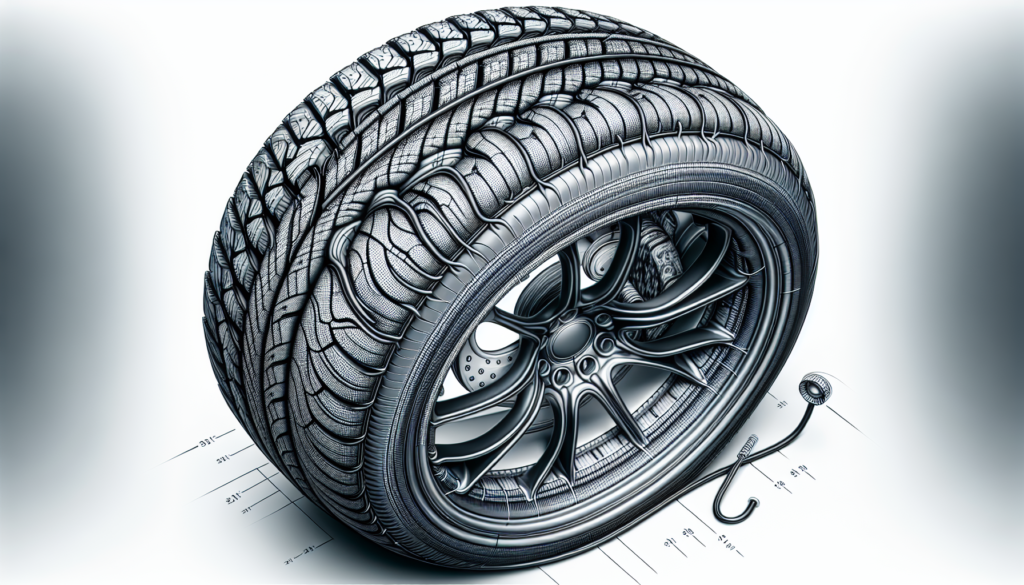
Optimal Tire Pressure Conditions
Balancing Comfort and Safety
Optimal tire pressure conditions strike a balance between ride comfort and safety. The pressure should be set at the recommended level to ensure proper handling and tread wear while also considering your personal preference for ride quality. This ensures a comfortable and safe driving experience.
Vehicle Load Considerations
Different vehicle loads require different tire pressures. When carrying heavy loads or towing a trailer, it is essential to adjust the tire pressure accordingly. Refer to your vehicle’s manufacturer guidelines or consult a professional to determine the appropriate tire pressure for your specific load conditions.
Tire Size and Type
Tire size and type can also impact the optimal tire pressure. Every tire has different load-carrying capacities and characteristics, so it’s crucial to follow the tire manufacturer’s recommendations for the specific tire model and size. Using the correct tire pressure ensures optimal performance and safety.
Driving Conditions
Driving conditions also play a role in determining the ideal tire pressure. If you frequently drive in extreme weather conditions, such as hot summers or snowy winters, you may need to adjust the tire pressure accordingly. Lower pressures can provide better traction in snow, while higher pressures can help prevent blowouts in hot weather.
Seeking Professional Advice
Consulting a Mechanic
If you are unsure about tire pressure or need assistance in adjusting it, it is always advisable to consult a professional mechanic. They have the knowledge and experience to determine the correct pressure based on your vehicle’s specifications and driving habits. Mechanics can also detect any underlying issues with your tires or suspension that may impact tire pressure.
Tire Service Centers
Tire service centers specialize in handling all aspects of tire maintenance and repair. They can help you determine the ideal tire pressure for your specific vehicle and advise on any necessary adjustments. Tire service centers also offer services such as tire rotation, balancing, and alignment, ensuring optimal tire performance and longevity.
Online Resources
There are numerous online resources available that provide information on tire pressure recommendations and best practices. Manufacturer websites, automotive forums, and educational websites offer valuable insights into tire pressure management. However, it is essential to verify the credibility and reliability of these sources before following their recommendations.
In conclusion, it is not uncommon for tire pressure to increase while driving due to factors such as heat, friction, rough objects, and high speeds. However, it is crucial to monitor and maintain the proper tire pressure for optimal safety and performance. Increased tire pressure can result in reduced traction, uneven wear, and decreased braking performance. By following common tire pressure recommendations, regularly monitoring tire pressure, understanding the impacts of underinflation and overinflation, considering optimal tire pressure conditions, and seeking professional advice when needed, you can ensure that your tires are in the best possible condition for a smooth and safe ride.
